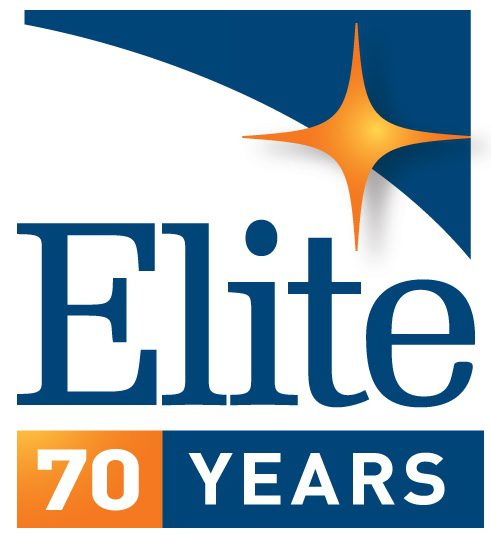January 20, 2023
Did you ever wonder how it is that the labels and lettering on aircraft are still readable after thousands of hours in all weather, temperatures, and altitudes? Or how even though they are grimy, your car and its engine compartment don’t just peel away?

 Exposure to the real world’s fluids, gases, and extremes is unavoidable, but it can be understood and measured. Equipment expected to perform in harsh environments rely on chemical exposure testing to show how it will hold up in those conditions.
Exposure to the real world’s fluids, gases, and extremes is unavoidable, but it can be understood and measured. Equipment expected to perform in harsh environments rely on chemical exposure testing to show how it will hold up in those conditions.
Nick DePasion leads Elite’s chemical exposure testing program. “The aviation and automotive industry are most often in need of these tests,” he said. “There are standards that have to be met, depending on the industry and the product’s environment, but in addition manufacturers have their own requirements.”
Nick’s years at Elite has given him an appreciation of the nuances of chemical exposure. “Labels on equipment surfaces are a big part of those tests,” he explained. “The customer normally brings in a piece of equipment with the label or lettering applied. The sample is exposed typically to a full day of testing, with sixteen hours of exposure followed by eight hours off, with temperatures defined for each phase.” Times and temperatures can vary depending on the material, the standard, and the manufacturer’s needs.

Elite chemical test expert Nick DePasion
The standards for chemical testing are based on the application. MIL-STD-810 and RTCA-DO160 apply to aviation equipment, while SAE 1455 and ISO 16750-5 apply to automotive components. Each test is different, and not just because the equipment under test (EUT) is different. “The chemicals used in the exposure tests are widely varied and sometimes difficult to get,” Nick said. “Water, of course, is readily available, but specific compounds, like hydraulic fluid, antifreeze, and oils are tightly defined and need to be special-ordered.”
Some tests are less exotic but no less important. Bodily fluids and food products are a common source of exposure in aircraft and vehicle surfaces. When those tests are scheduled, Nick orders quantities of standards-compliant liquids and powders that simulate the range of contaminants likely to be found in those vehicles.
EUTs are evaluated for functionality, changes in appearance, and tensile strength as applicable to the EUT. Tests are performed in an environment-controlled test chamber as the EUT is exposed to the chemicals specified in the test plan drafted before testing is scheduled. Contaminants can be brushed, sprayed, wiped, or immersed, depending on the EUT’s application and the requirements of the test standard.
If your product needs to be tested for its chemical-exposure and fluids contamination vulnerability, contact Elite to determine the correct standard to be applied and the material requirements. “Every test is different,” Nick said. “And we need to work with every customer to understand how the test is to be done.”
